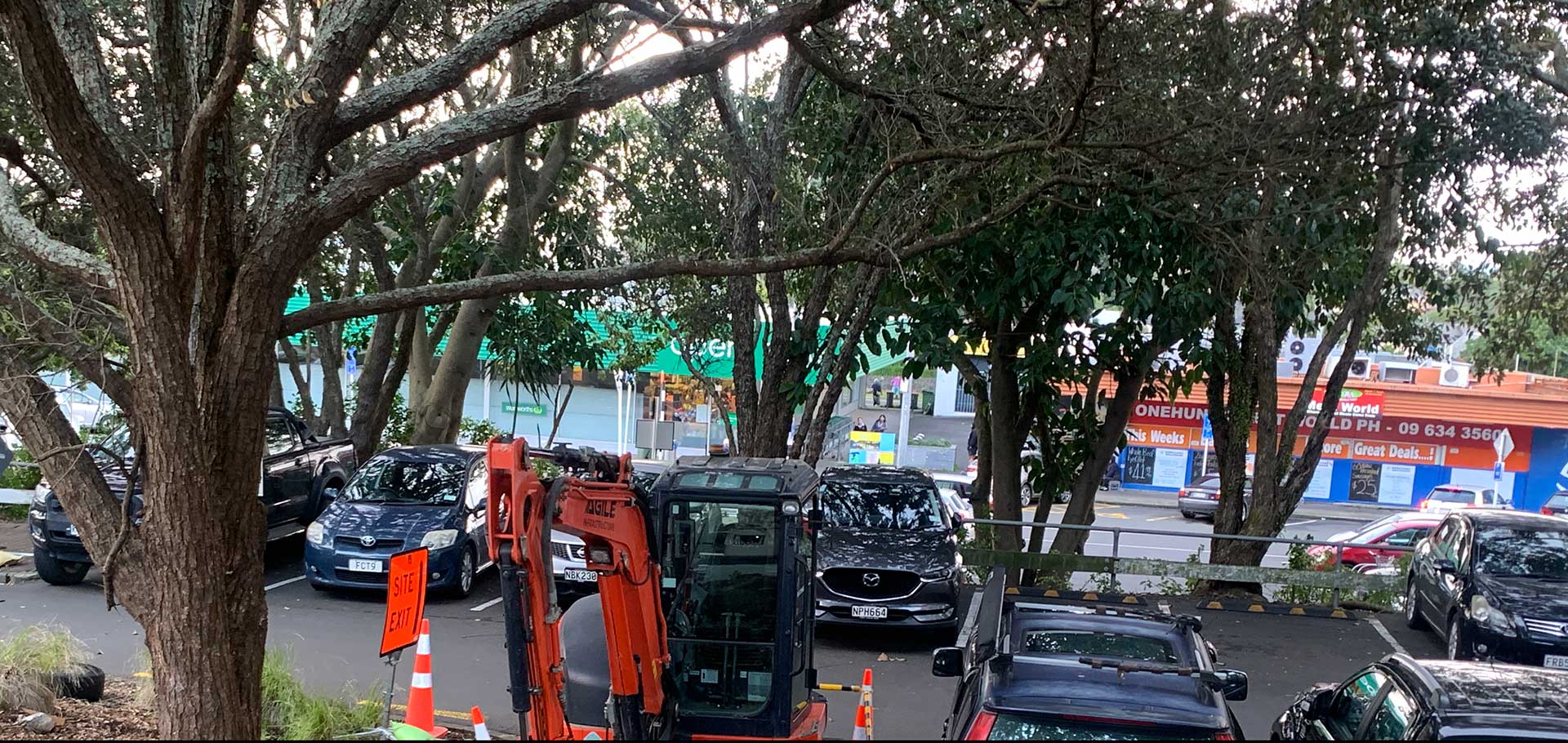Unveiling the lives of Onehunga’s hidden figures2 min read
Reading Time: 2 minutes
The recent rediscovery of three graves in an Onehunga church has got many people wanting to know more about those buried there.
The marked graves of Monsignor James Paul, Bishop John Luck and William Kemp were found hidden under cork tiles and carpets at Onehunga’s Church of Our Lady of the Assumption (formerly known as St Mary’s Catholic Church).
James Paul, born in Ireland in 1822, arrived in New Zealand in 1856 as a missionary. After brief stints in Waikato and Otahuhu, he became Onehunga’s first Catholic priest in 1858 and served for 47 years. He oversaw the construction of St Mary’s Church and founded local Catholic schools, including St Joseph’s School.
Paul’s dedicated service led to his appointment as Vicar General and Administrator of the Auckland Catholic Diocese in 1892. He was later honoured as a Monsignor in 1894. It is reported that over a thousand people attended his funeral in 1905. Bishop John Luck, born in 1840 in Peckham, London, served as the 4th Catholic Bishop of Auckland. Initially a monk at his father’s monastery, he assumed the role of Bishop of Auckland in 1882. John’s tenure was marked by disputes over Catholic doctrine, and clashes with the government and other Christian denominations. Despite health issues, he oversaw the completion of St Patrick’s Cathedral and the construction of the Bishop’s residence in Ponsonby. He died at 54 from a heart condition.
William Kemp probably has the most interesting history of the trio, as he was a ‘layman’, and it is extraordinarily rare for a layperson to be buried inside a church.
Born in Kent in 1841, William had a near-death experience while working on the Tower of London and was visited by a priest. Upon recovery, William attributed his survival to divine intervention, inspired by the priest’s prayers.
William and his wife, Sarah, immigrated to New Zealand in 1864, and he worked as a stonemason. According to William’s great-great-grandson, Patrick Wilson from Hamilton, William converted to Catholicism and became a devoted benefactor of the Onehunga Parish.
Patrick says, “Once William was healthy again, he marched the whole family round to the church and had them all baptised as Catholics.”
William was one of the parish’s most active benefactors. He built St Mary’s Church for free and roped his entire family into the work. His burial inside St Mary’s Church in 1906, alongside his wife Sarah, honoured his profound impact on the community.
Amongst William’s ancestors is the Morgan family, who own Herb Morgan Tyres at 85 Onehunga Mall.



